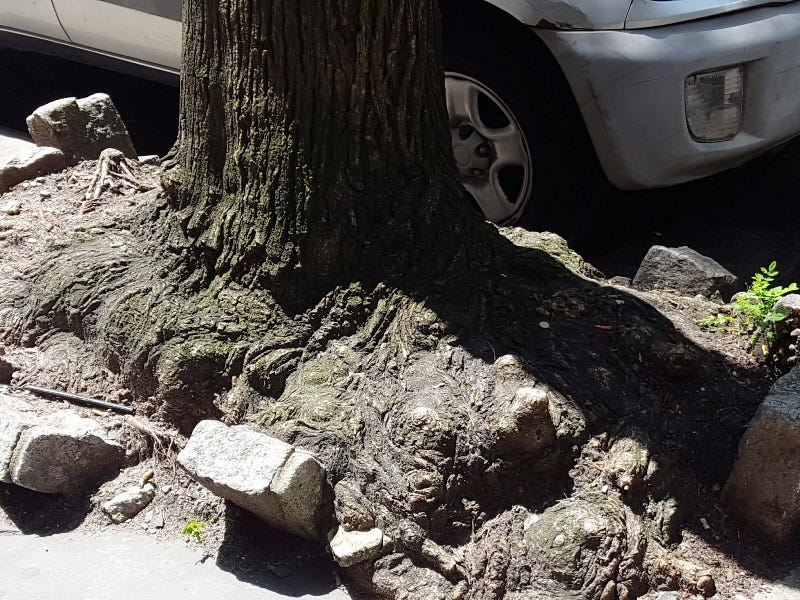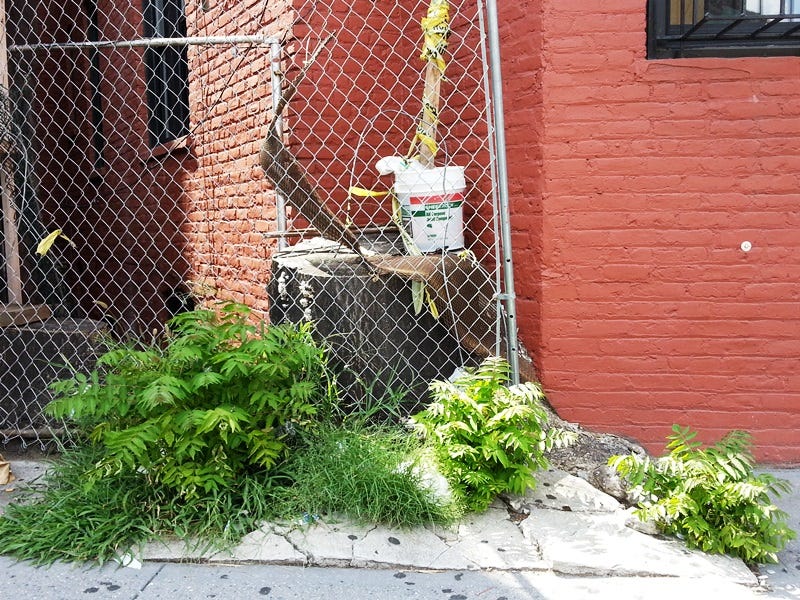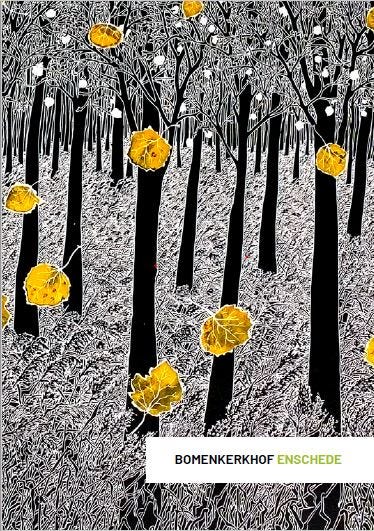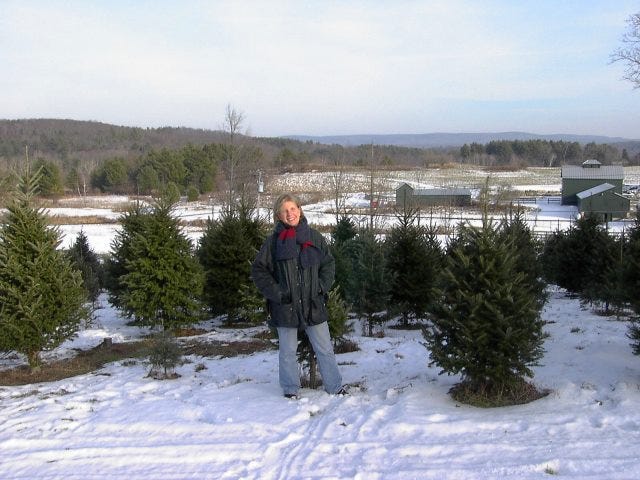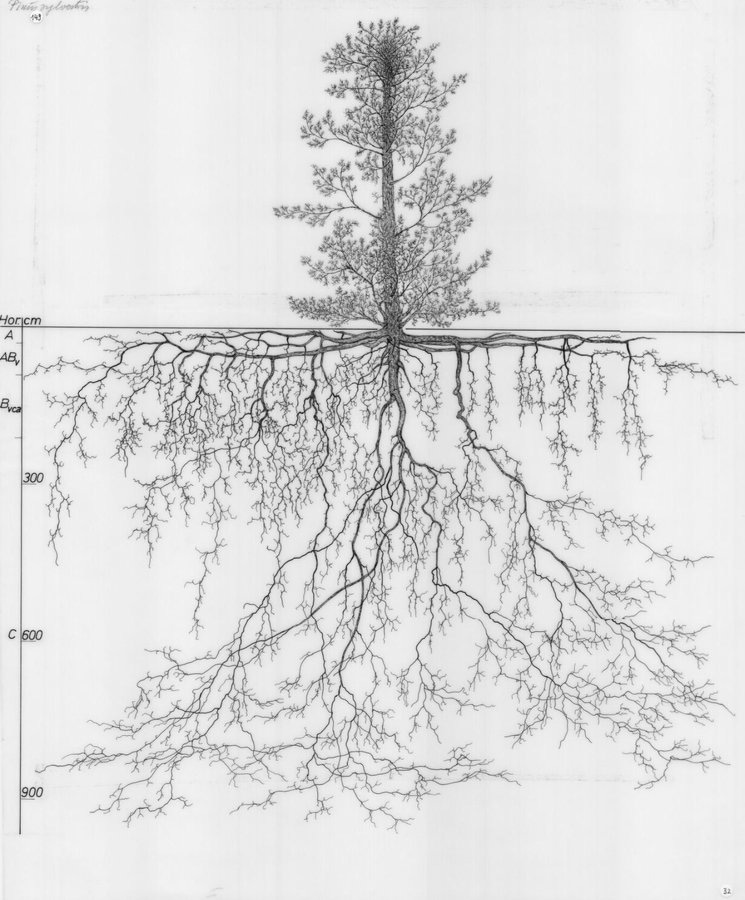The only non-tracked class I took at Monta Vista High School was social studies. Instead of a room full of “brainiacs,” the class included kids who slouched in the back of the room and never brought a notebook or pencil.
I decided to hang out with them, and they tolerated me because they thought I was funny. Strange funny, that is. The teacher probably hoped I would be a good influence but I just made a different kind of trouble. One day there was a pop quiz and none of them had any paper. So I tore a sheet in half, and then in half again, and eventually we all had tiny squares of paper and handed in our answers on the pile of scraps.
The teacher was a good guy. He laughed when I explained that we were saving trees.
I was wrong. Paper isn’t the big issue. Storing data online kills more trees than the emails we print. My email signature now reads: Going paperless isn’t necessarily green. Better yet, print appropriately, delete unneeded electronic files, and recycle your digital hardware.
But saving trees does matter.
Karin Vaneker, a writer and activist in the Netherlands, has been helping me by tackling subjects that haven’t yet attracted much scholarly research for the second edition of the Encyclopedia of Sustainability. She’s written, for example, on including composting and community gardens - important, relevant, and yet somehow a little too close to home for most academics.
When she told me about a project to help people identify trees in distress, I was intrigued. Trees are important in many ways and they’re also ideal as a subject when you’re a fledging naturalist. They are large and often at eye level. They exist in cities and rural areas and even in suburbs. And they stay put, unlike toads and hedgehogs and bears.
Even in parts of cities that have few trees (another form of environmental injustice!), there are often “weed trees,” like the ailicunthus that gave the title to the bestselling A Tree Grows in Brooklyn. Here’s a photo that shows just how determined the Tree of Heaven is (note the stump behind the new green shoots).
Karin and an artist friend Anika Franke wrote and illustrated a beautiful leaflet that you can download in Dutch, or read a partial translation of in English - just click here for How to Help a Tree in Distress.
We’re planning gradually to translate and adapt the text to be used elsewhere in the world. Karin even began studying trees in Massachusetts and mentioned that she’d read about Seekonk Tree Farm in Great Barrington, where we get our Christmas tree every year.
There’s almost an infinite amount to say about trees. Here are a bunch of tree-related ideas, images and reading for your winter (or summer) weekend:
From the Washington Post: “For Berlin Zoo animals, the tastiest Christmas leftovers are the trees.”
London encourages residents to plant flowers around street trees.
Here in Great Barrington, our renowned Main Street trees were cut down and replaced with mixed, smaller varieties. Read planner John Massengale’s views on letting Departments of Transportation plan our cities and towns. I agree with him.
Ecosia, the “the search engine that plants trees,” based in Berlin, Germany. I’m using it and Google is complaining with pop-ups and add-ons.
“Trees in World History” (PDF download), written by the eminent British scholar Oliver Rackham for the Berkshire Encyclopedia of World History.
And for a moment of peace, and joy, I know of nothing better than this video of dancing treetops, something called “crown shyness.”



